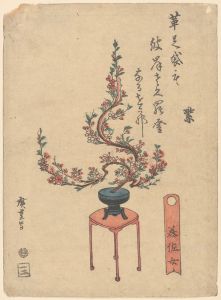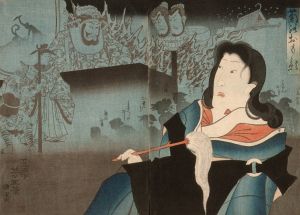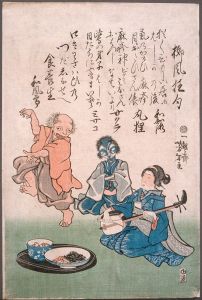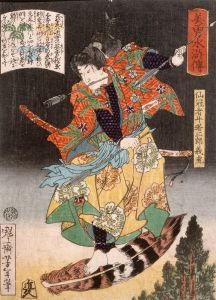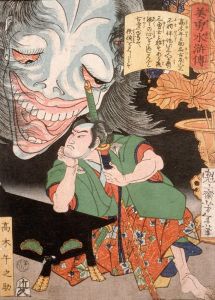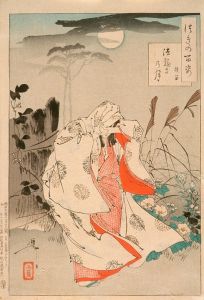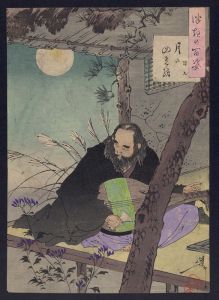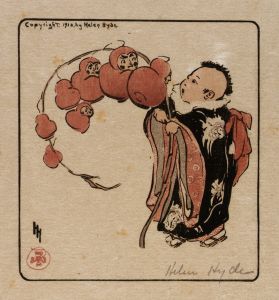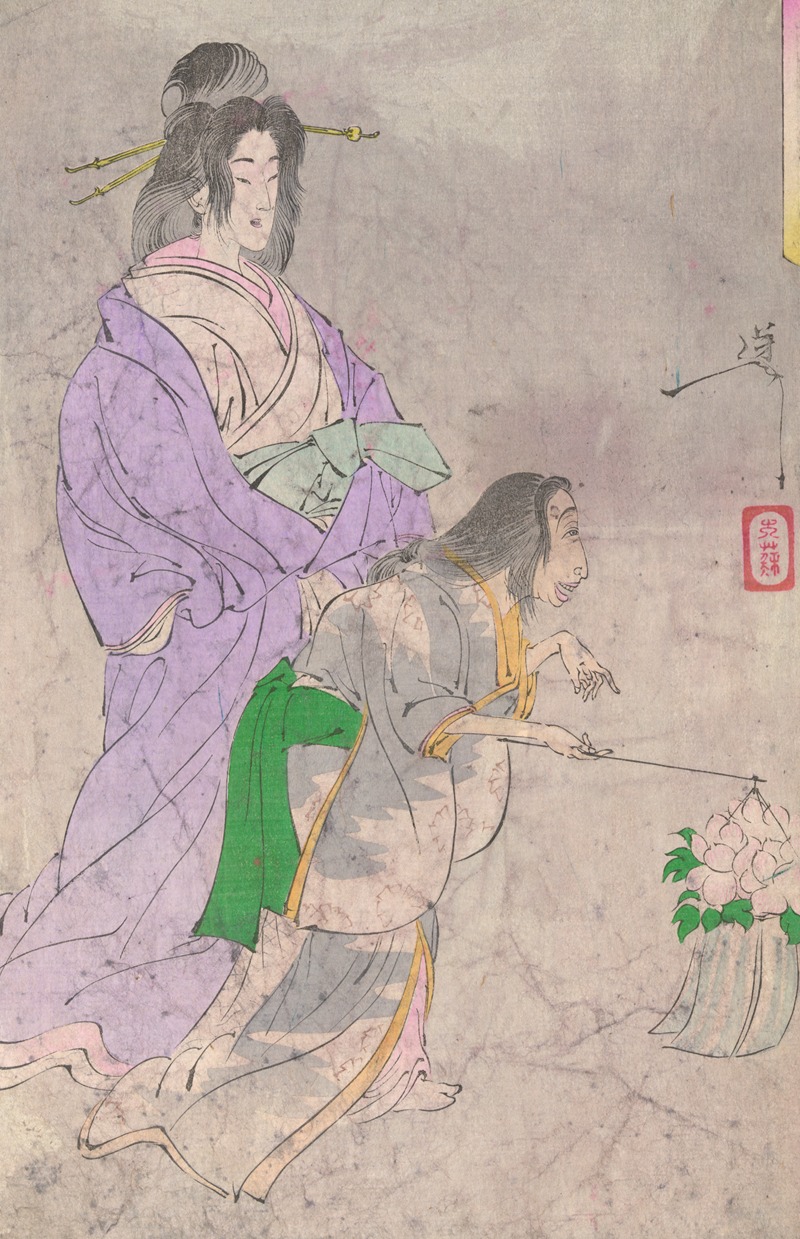
Botandōrō
A hand-painted replica of Tsukioka Yoshitoshi’s masterpiece Botandōrō, meticulously crafted by professional artists to capture the true essence of the original. Each piece is created with museum-quality canvas and rare mineral pigments, carefully painted by experienced artists with delicate brushstrokes and rich, layered colors to perfectly recreate the texture of the original artwork. Unlike machine-printed reproductions, this hand-painted version brings the painting to life, infused with the artist’s emotions and skill in every stroke. Whether for personal collection or home decoration, it instantly elevates the artistic atmosphere of any space.
Tsukioka Yoshitoshi (1839–1892) was a prominent Japanese ukiyo-e artist, known for his innovative and dramatic woodblock prints. One of his works, "Botandōrō" (The Peony Lantern), is part of his celebrated series Shinkei Sanjūrokkaisen (New Forms of Thirty-Six Ghosts), created between 1889 and 1892. This series is renowned for its depictions of supernatural themes, ghostly apparitions, and eerie folklore, reflecting Yoshitoshi's fascination with Japanese legends and his mastery of visual storytelling.
"Botandōrō" illustrates a scene from a famous Japanese ghost story of the same name, which originated from the Chinese collection of tales Jiandeng Xinhua (New Tales Under the Lamplight) by Qu You and was later adapted into Japanese literature and kabuki theater. The story tells of a tragic romance between a man and the ghost of a woman, often involving themes of love, death, and the supernatural. In the Japanese version, the tale is typically set during the Obon festival, a time when spirits are believed to return to the world of the living.
Yoshitoshi's depiction of "Botandōrō" captures the haunting beauty and melancholy of the story. The print features a ghostly woman holding a peony lantern, her ethereal presence emphasized by the delicate lines and soft colors characteristic of Yoshitoshi's later works. The use of light and shadow in the composition enhances the otherworldly atmosphere, while the intricate details of the woman's kimono and the lantern showcase Yoshitoshi's technical skill and attention to detail.
This work is significant not only for its artistic merit but also for its cultural context. By the late 19th century, Japan was undergoing rapid modernization during the Meiji era, and Yoshitoshi's prints often reflected a nostalgic longing for traditional Japanese culture and aesthetics. "Botandōrō" exemplifies this sentiment, as it draws upon classical themes and storytelling while incorporating Yoshitoshi's innovative approach to composition and design.
Today, "Botandōrō" and other prints from the Shinkei Sanjūrokkaisen series are celebrated as masterpieces of ukiyo-e art. They serve as a testament to Yoshitoshi's enduring legacy as one of the last great masters of the ukiyo-e tradition, bridging the gap between Japan's past and its modern era.





